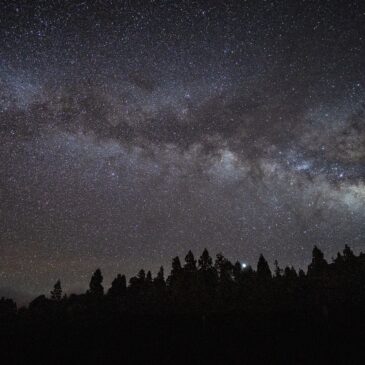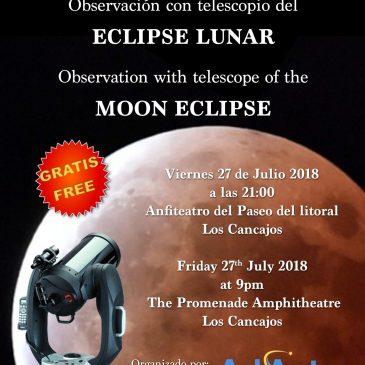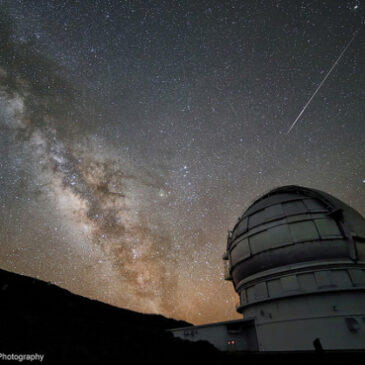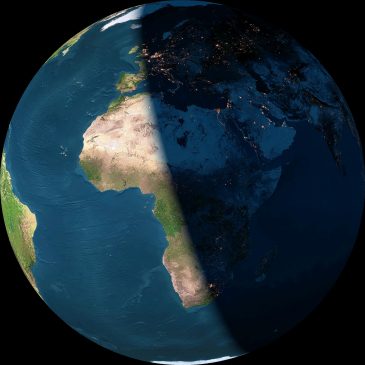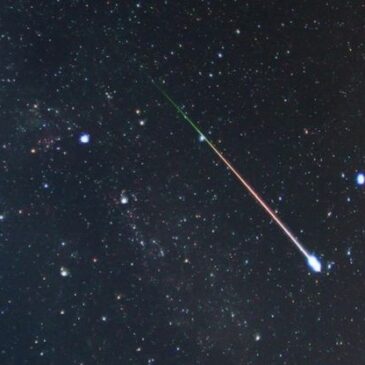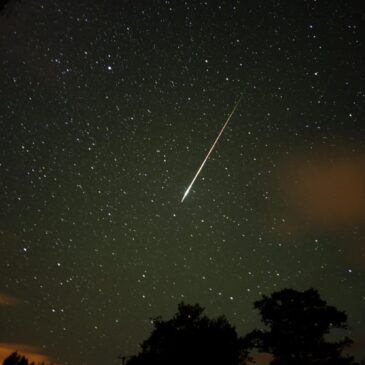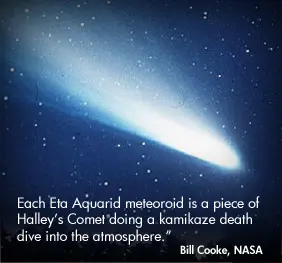Astronomical Viewpoints on La Palma
La Palma has a network of several astronomical viewpoints located in strategic locations for observing the sky. Among them, we highlight the viewpoints of Llano del Jable (El Paso) and Llano de La Venta (Breña Baja), both located in the Refugio del Pilar area (LP-301 road), at more than 1,300 meters above sea level. From there it is possible to contemplate a wonderful starry sky and, at certain times of the year, taking advantage of moonless nights, you can also … Read More



